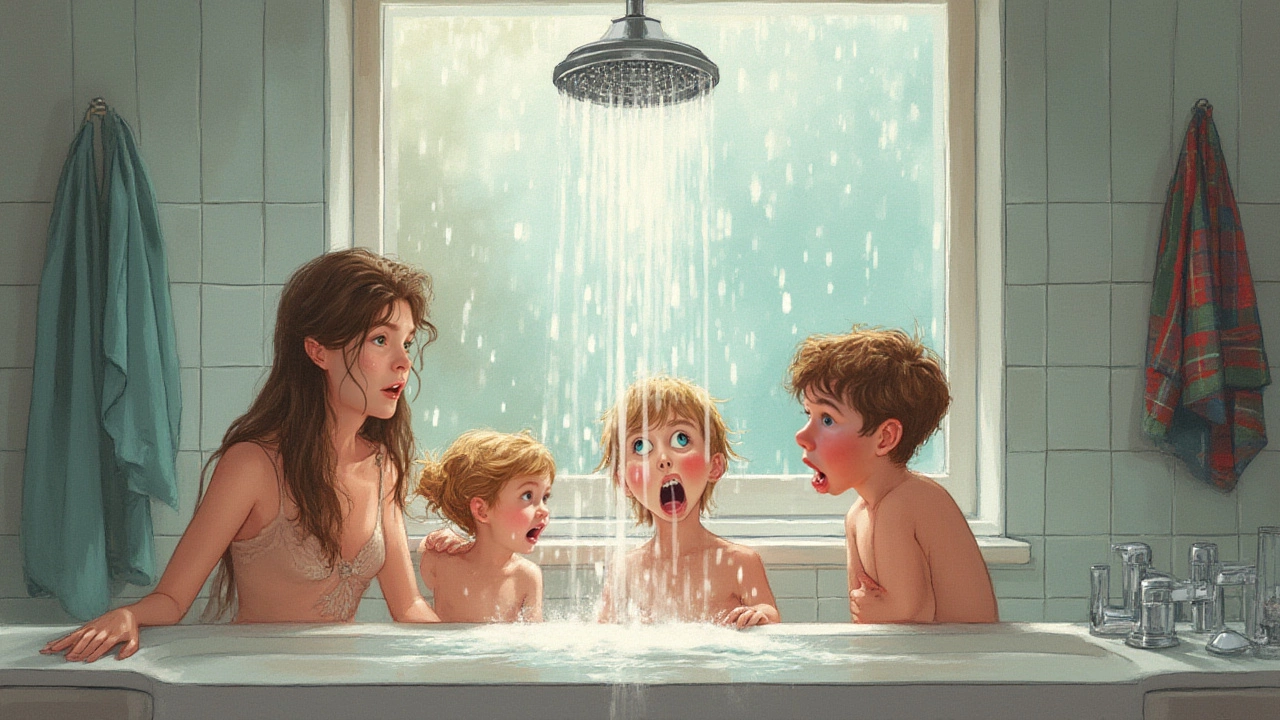Hot Water Running Cold – Causes and Simple Fixes
If you’re stepping into the shower and getting an icy blast, you’re not alone. A cold water heater can ruin a morning routine, but most issues are easy to spot and fix. Below we’ll walk through the most common reasons your hot water is cold and give you a clear plan to get the heat back.
Common Reasons Your Hot Water Is Cold
1. Thermostat set too low. It sounds basic, but the thermostat on a tank‑style heater is often set at 120°F (49°C). If someone turned it down, the water will feel lukewarm or cold.
2. Sediment buildup. Over time minerals settle at the bottom of the tank, insulating the heating element or burner. The heater works harder, and you may end up with low‑temperature water.
3. Faulty heating element or burner. Electric heaters have two elements; gas heaters have a burner. If one fails, the tank can’t reach its set temperature.
4. Broken dip tube. The dip tube pushes cold water to the bottom of the tank. A cracked tube mixes cold water with hot water, delivering lukewarm water at the tap.
5. Oversized demand. Running multiple hot‑water fixtures at once can outpace the heater’s recovery rate, especially in older units.
Step‑by‑Step Troubleshooting
Step 1: Check the thermostat. Locate the control panel (usually on the side of the tank). Make sure it reads at least 120°F. Adjust it up in 5‑degree increments and wait 30 minutes for the tank to reheat.
Step 2: Look for error codes. Modern heaters flash codes when something’s wrong. A quick glance at the manual can tell you if the sensor or element is failing.
Step 3: Flush the tank. Turn off power or gas, close the cold‑water inlet, and attach a garden hose to the drain valve. Open the valve and let water flow until it runs clear. This removes sediment and can restore heating efficiency.
Step 4: Test the heating element. For electric units, use a multimeter set to resistance (Ω). Disconnect power, remove the element’s access panel, and touch the probes to the element terminals. A reading between 10‑30 Ω is normal; infinite resistance means the element is dead.
Step 5: Inspect the dip tube. Pull the cold‑water inlet pipe gently and look inside the tank. If you see a broken plastic piece, you’ll need a replacement dip tube – a cheap part you can install yourself.
If any of these steps feel beyond your comfort zone, or you discover a broken element, burner, or dip tube, it’s time to call a professional. Certified technicians can safely replace parts, check gas pressure, and ensure your heater meets local safety codes.
While you wait for a pro, you can boost hot water by turning down the flow at the faucet. A slower stream gives the heater more time to heat the water, often making the temperature feel warmer.
Regular maintenance keeps cold showers at bay. Schedule a tank flush once a year, test the pressure‑relief valve, and keep the area around the heater clear for proper ventilation.
Cold water doesn’t have to be a permanent problem. By checking the thermostat, clearing sediment, and spotting faulty parts early, you can restore hot water quickly and avoid costly replacements.
Hot Water Suddenly Cold? Troubleshooting Water Heater Problems at Home
0 Comments
Hot water in your shower keeps turning cold? Discover the reasons, practical fixes, and when to call in the pros. Solve your hot water headaches today.
Read More